Nineties kids got their education on the weird and the unexplained through The X-Files, Beyond Belief: Fact of Fiction, Sightings, and Unsolved Mysteries. Spanish speakers also had Ocurrió Así at their disposal, an investigative news show hosted by Enrique Gratas that didn’t mind following ghosts and UFOs for several episodes at a time.
These shows managed to amass a strong and dedicated following filled with people eager to be let in on the secrets surrounding the paranormal and the extraterrestrial. But it was Unsolved Mysteries that truly stuck with audiences. The reason? The show literally asked viewers to contact them if they had information that could solve its mysteries. That and the voice of host Robert Stack.
Netflix has revived Unsolved Mysteries for another run at eerie cases that audiences can take up and try to solve, or at the very least theorize about. This version contains 6 mysteries as of the time of this writing (with 6 more to be released at a later date) ranging from strange disappearances to extraterrestrial encounters all presented through eyewitness testimony, available evidence, and reliable timelines. Much like the original, the show doesn’t reach conclusions. It prefers to present the facts, perhaps nudge the audience down a particular road or two, and then leave viewers up to their own devices.
All of this stays intact, but there are a few elements missing that will be sorely missed by long-time fans. The original show (which ran from 1987 to 2010 with host and network changes along the way) was hosted and narrated by Robert Stack, a defining part of the show’s identity. Each episode was composed of at least three unsolved cases, some with updates on previous cases, and they all featured re-enactments based on eyewitness accounts.
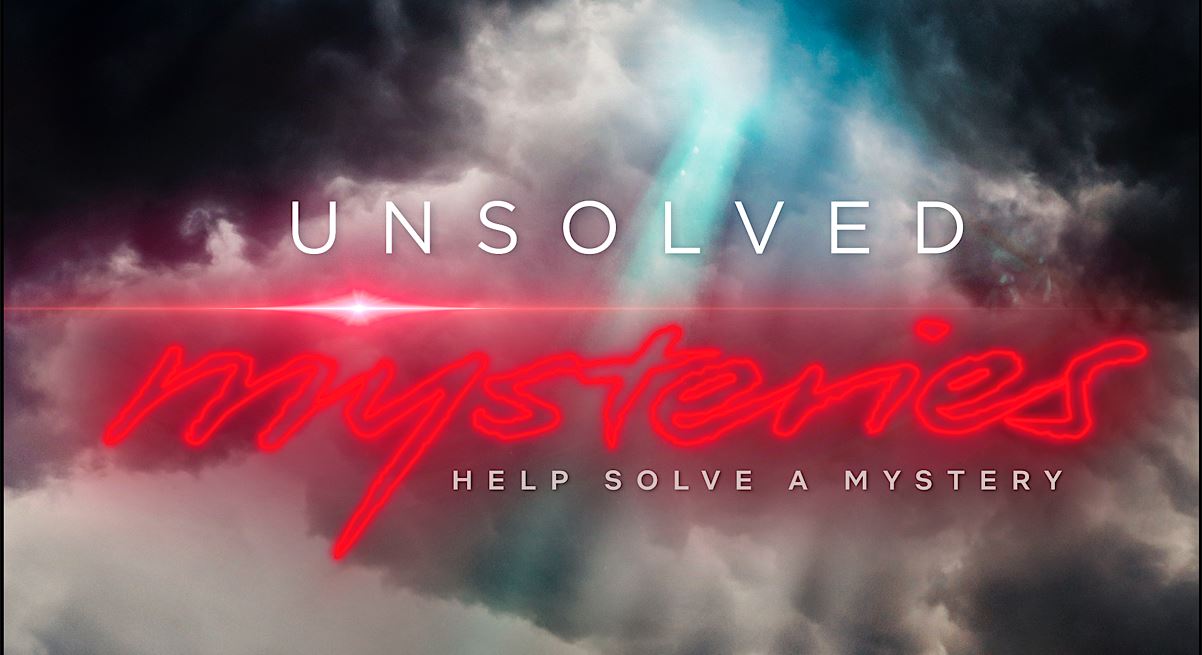
Netflix’s take ditches the three-to-four case format to focus on just a single unsolved mystery per episode. They capture the tone and overall feel of the originals, and feel as if they live up to the name of the series, but they also feel purposefully updated for new audiences. The episodes are slower-paced and favor a more contemplative and darker tone. It prefers to mimic contemporary True Crime modalities rather than the sleuth-like approach that made the original so enticing.
Some episodes hold back on certain bits of crucial information to heighten the tension and set up a big reveal. At times it feels manipulative and needlessly vague, things one couldn’t accuse the original version of doing. Where the original didn’t waste time on quiet shots and emotional ambiguities, the new episodes rely more on ambiance and tone, their slower pace giving them a slightly padded sensation. The original series embraced it’s detective-like qualities and offered several cases for viewers to solve, and host Stack’s narration, present in each episode, added to the concept of watching official detective work unfold on television. Unfortunately, the Netflix revival does away with the host position entirely, and it suffer because of it.
It seems Netflix might’ve found it too difficult to find a worthy successor to Robert Stack and decided settling on someone else was just not going to cut it. The decision to go host-less distances the show further from its roots, and dampens some of the show’s mystique. One can’t help but feel some other format should’ve been adopted to at least attempt to recapture some of Stack’s magic.
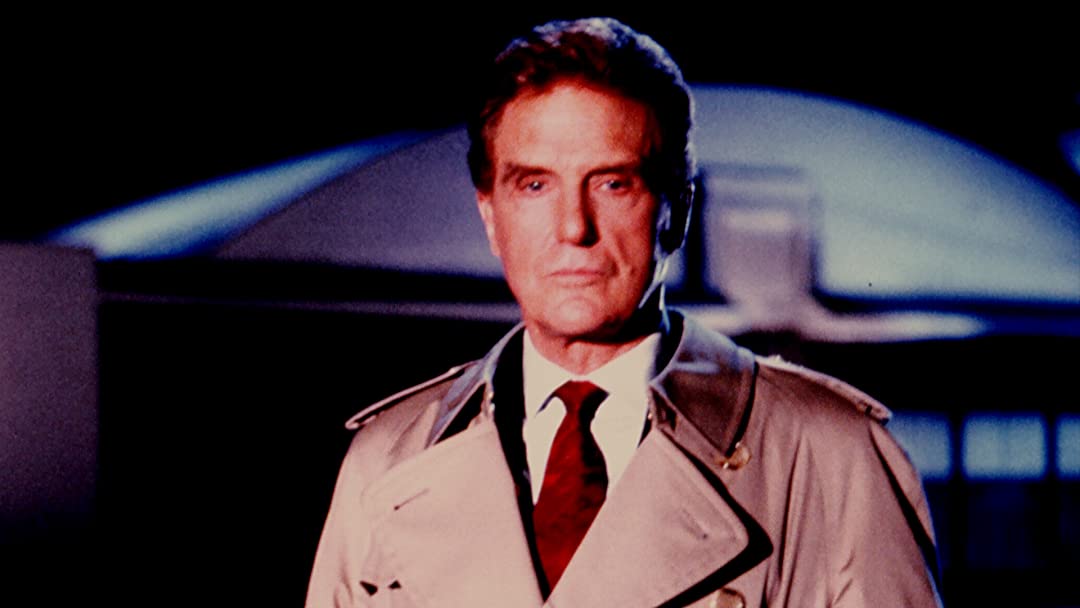
The show’s approach to re-enactments also sees considerable changes. In the original version, actors stepped into the roles of the people presented in each case. Lookalikes were cast and interactions were dramatized with dialogue and special effects (when needed). These added to the narrative considerably and offered their own spin on the stories. The re-enactments in Netflix’s version are subtle and rarely show the actors’ faces. They’re also briefer and less indicative of angles or eyewitness bias (which serves its purpose in the grand scheme of things). Again, they fall in line with current True Crime trends, but they also chip away at a big part of the original’s identity.
The six episodes contained in the first half of the season range from bizarre missing persons cases to UFO encounters. I was particularly glad for the UFO episode. It’s a straight shot back to the 1990s both in tone and scope, and makes the show find its way back to its source.
The episode centers on a group of residents from Berkshire County, Massachusetts — with no relation or direct connection between them — who say they experienced a close encounter with extraterrestrial life on September 1, 1969. These people say they witnessed a UFO, and may or may not have been abducted for an undetermined but brief amount of time. What’s interesting is that each resident was located in a different part of Berkshire County at the time of the event. Some were closer to each other while others were miles away.
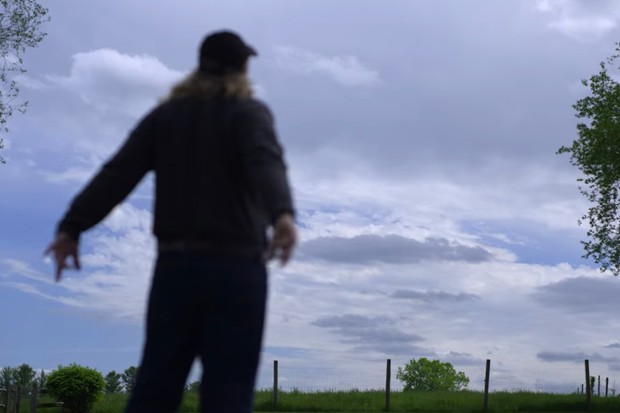
It brought back memories of a time when people wanted to believe in extraterrestrial life and were hungry for more shows that peeled back the veil of secrecy on this particular topic. The original Unsolved Mysteries not only let people in on those secrets but also asked them to try and uncover even more secrets on their own. Thankfully, the new show retains the viewer hotline component and offers an online tip service (unsolved.com) to which people can send information.
Aliens aside, the more human mysteries are still compelling enough to meet the expectations attached to the Unsolved Mysteries name. One mystery in particular, about a woman that suddenly disappeared without a trace, is downright chilling and leaves many investigative strands open to the public, all within the span of 13 minutes. Another episode presents the case of a Puerto Rican man that unexpectedly ran out of his house one day, never to be seen again, with no indication as to what exactly it was that compelled him to leave in such a hurry or where he may have gone.
The original Unsolved Mysteries gave rise to a kind of search for answers backed up by evidence and classified documents obtained through backdoor channels. Much like the Lone Gunmen from the X-Files, a group of conspiracy theorists in search of verifiable truths, Unsolved Mysteries held fact to a higher standard. To date, the show has helped solve over 260 cases. Even though a lot has changed, we should be glad the new version intends to continue demanding more of those who search for the truth, despite it leaving behind some of the original’s identity along the way.


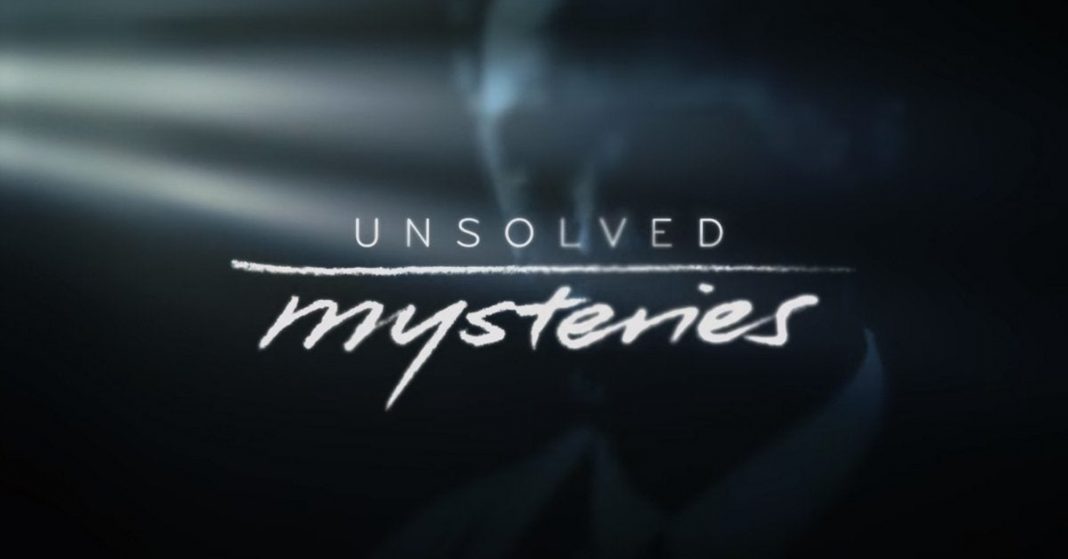
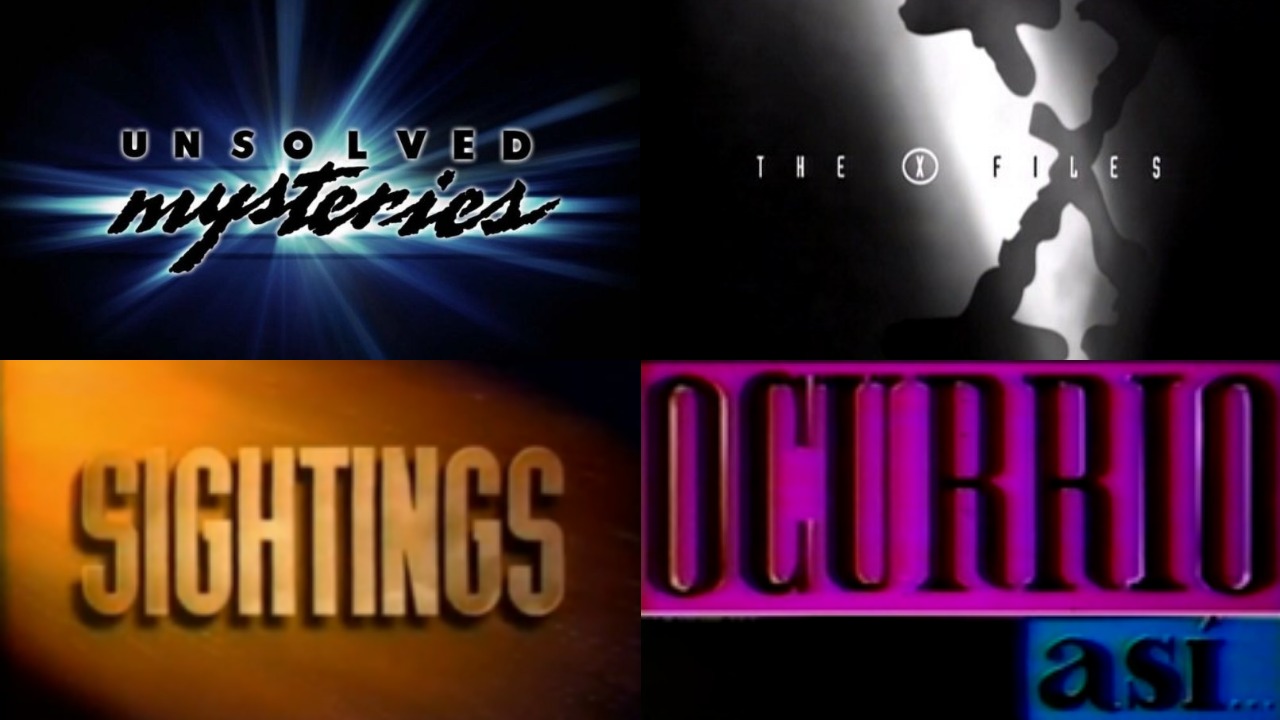
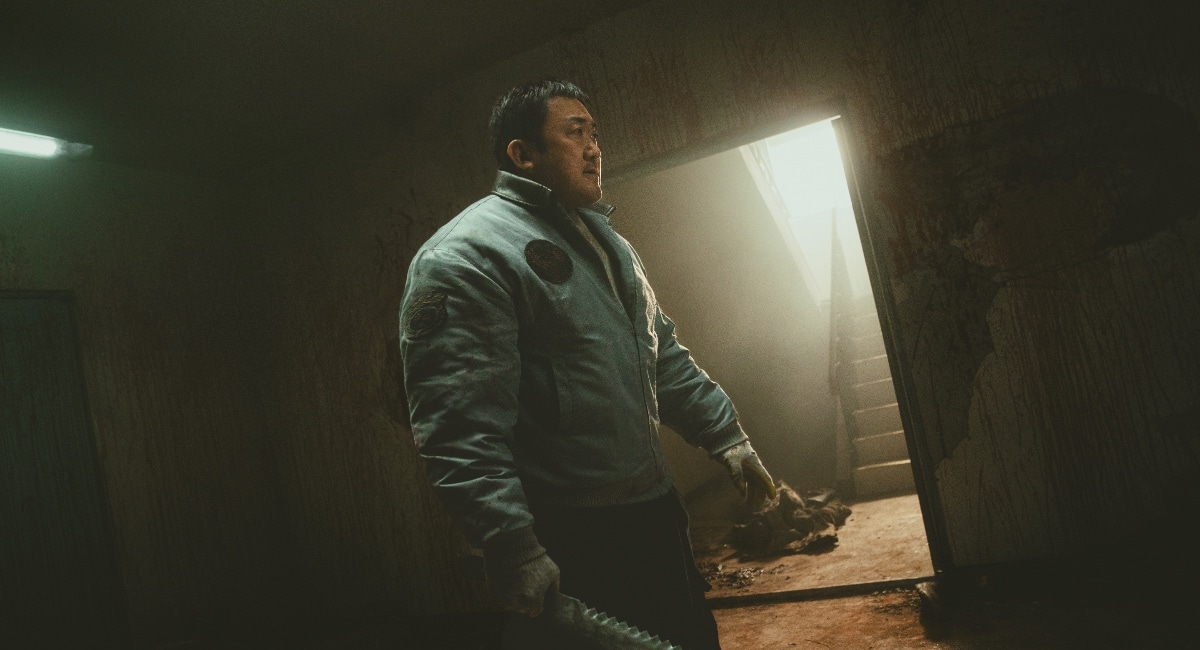






I’m a little surprised that Netflix didn’t reach back even further to revive ‘In Search Of…’ originally hosted by the late Leonard Nimoy.
I’d be surprised if it doesn’t come behind the success of Unsolved Mysteries, but that show is bit more deep cut than Mysteries. Still, I can see it happening.
Comments are closed.